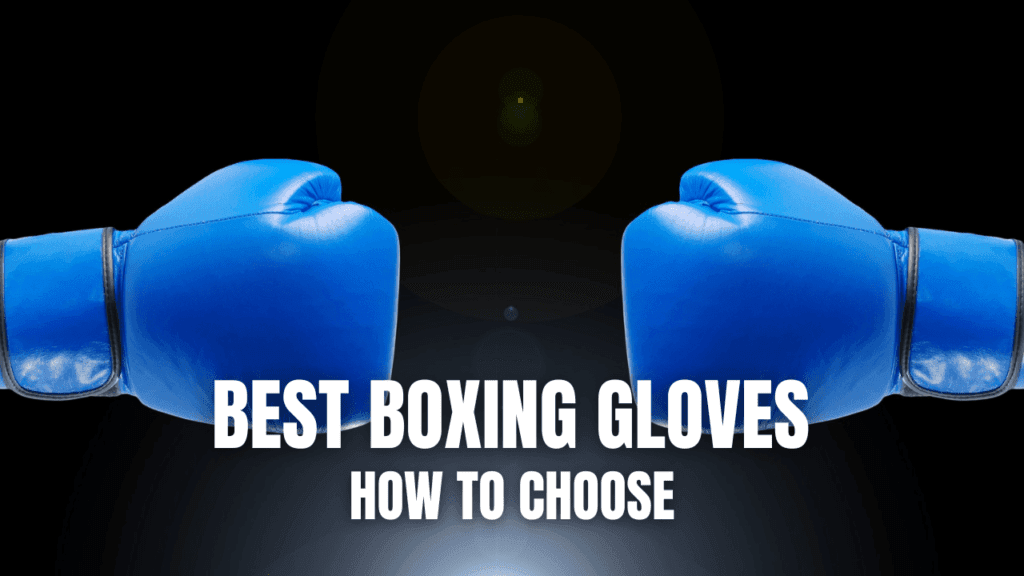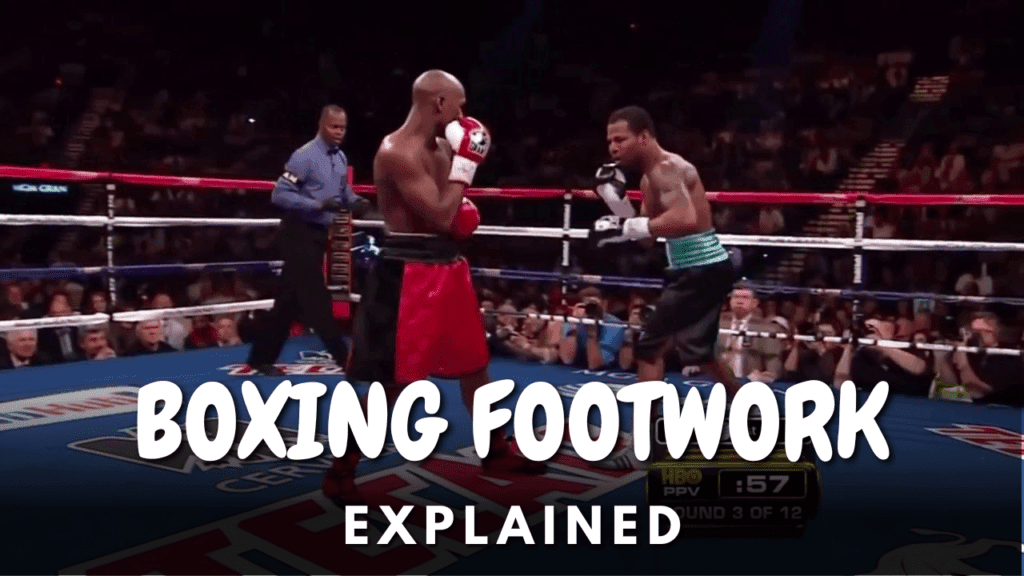Ever wondered why some boxers keep their hands in seemingly strange positions? This is what we call boxing guards. Maybe you’ve noticed Floyd Mayweather’s distinctive shoulder roll, or Mike Tyson’s compact peek-a-boo stance.
Whether you’re just starting out or looking to refine your technique, understanding these six boxing guards will transform your defensive game.
In boxing, your guard is your first line of defense – think of it as your personal shield. But it’s more than just holding your hands up. A proper guard position sets you up for both defense and offense, and choosing the right one can make all the difference in the ring. Let’s break down each guard and see exactly how to use them.
1. Conventional Guard

The conventional boxing guard is your bread and butter, and for good reason. You’ll often see Canelo Alvarez using this guard to set up his devastating combinations while maintaining solid defense.
Proper Position:
- Place your rear hand near your rear cheek, about eye level
- Position your lead hand 4-6 inches from your lead cheek
- Keep your elbows tucked in, protecting your ribs
- Maintain a slight angle with your lead shoulder
When to Use It:
This guard shines at mid-range and works exceptionally well for combination punching. It’s perfect when you want to maintain offensive options while staying protected.
Advantages:
- Excellent versatility for both offense and defense
- Easy to throw any punch from this position
- Good visibility of your opponent
- Natural protection for your head and body
Limitations:
- Less effective in close-range fighting
- Can be vulnerable to quick hooks if not properly maintained
- Requires constant adjustment to maintain proper position
2. Philly Shell

Made famous by Floyd Mayweather Jr., the Philly Shell is a defensive masterpiece when executed correctly. It’s advanced, but don’t let that scare you away – understanding it will elevate your boxing IQ significantly.
Proper Position:
- Lead shoulder raised and rolled forward
- Rear hand positioned by your lead cheek
- Lead hand rests across your midsection
- Slight lean toward your lead side
When to Use It:
Perfect for counter-punchers and fighters who excel at reading their opponents. It’s particularly effective against aggressive opponents who rely on straight punches.
Advantages:
- Excellent for counter-punching
- Superior protection against straight punches
- Great for energy conservation
- Allows for excellent visibility
Limitations:
- Steep learning curve
- Can be vulnerable to head shots if not mastered
- Requires quick reflexes and good timing
- Less effective without proper experience
3. Peek-a-boo Guard

Mike Tyson’s signature boxing guard is a defensive fortress that enables explosive offense. It’s particularly effective for shorter fighters who need to work their way inside.
Proper Position:
- Hands positioned high, palms facing your face
- Elbows tucked tight to your body
- Chin tucked down
- Knees slightly bent for mobility
When to Use It:
Ideal for pressure fighters who need to get inside against taller opponents. It’s excellent when you plan to slip punches and counter with power shots.
Advantages:
- Superior head protection
- Great for slip-and-rip combinations
- Excellent for inside fighting
- Natural protection against uppercuts
Limitations:
- Limited visibility
- Can be energy-intensive
- Requires good head movement
- More difficult to jab effectively
4. High Guard

The high guard is your fortress when you need maximum head protection while moving forward. It’s a favorite among pressure fighters who prioritize defense while closing distance.
Proper Position:
- Both hands positioned at temple height
- Palms facing inward
- Elbows tucked to protect your body
- Forearms vertical to shield your face
When to Use It:
Perfect for walking down opponents or when you’re under heavy fire and need to protect against head shots while maintaining forward pressure.
Advantages:
- Maximum head protection
- Good for pressure fighting
- Easy to block and parry
- Strong defensive base for combinations
Limitations:
- Body can be exposed
- Energy intensive
- Limited visibility
- Can make it harder to counter quickly
5. Cross Guard

The cross guard might look old school, but it’s still effective in modern boxing. George Foreman used it to great effect in his later career.
Proper Position:
- Forearms crossed in front of your face
- Elbows tucked to your sides
- Upper arms protecting your body
- Hands positioned to catch or parry punches
When to Use It:
Best used situationally, especially when you need to block a flurry of punches or set up powerful hooks.
Advantages:
- Excellent protection against hooks
- Good for setting up counter hooks
- Strong defense against combinations
- Difficult to penetrate
Limitations:
- Very limited visibility
- Vulnerable to body shots
- Restricted punch selection
- Can be predictable
6. Half Guard

The half guard is a more advanced position that requires good reflexes and experience to use effectively.
Proper Position:
- Rear hand by your chin
- Lead hand lowered (often below chest level)
- Lead shoulder slightly raised
- Weight balanced for quick movement
When to Use It:
Best for experienced fighters who rely on speed and timing. It’s particularly effective for setting up lead hooks and uppercuts.
Advantages:
- Excellent for deception and set-ups
- Good visibility
- Very energy efficient
- Great for fast combinations
Limitations:
- Requires excellent reflexes
- Risky for beginners
- Vulnerable to straight punches
- Needs good timing and distance control
Choosing and Switching Guards
Choosing one from these 6 boxing guards should match your fighting style and physical attributes. Taller fighters might prefer the conventional guard for its versatility, while shorter fighters could benefit from the peek-a-boo style. Here’s how to make the right choice:
Selecting Your Guard:
- Consider your natural fighting style
- Account for your physical attributes
- Think about your typical opponents
- Match it to your fitness level
- Factor in your experience level
Read More: How to Get Into a Boxing Stance
Switching Between Boxing Guards:
- Transition based on range and situation
- Change guards to confuse opponents
- Switch when changing tactics
- Move smoothly between positions
- Always maintain protection while switching
Remember, the best guard is the one that works for you. Start with the conventional guard to build a solid foundation, then experiment with others as your skills develop. Pay attention to how different guards feel and which ones complement your natural style.
Conclusion
Mastering these six boxing guards will dramatically improve your defense and overall boxing ability. Start with the basics, practice regularly, and don’t be afraid to experiment as you develop. Remember – every great boxer started exactly where you are now.
The key is to begin with proper form and gradually build your comfort level with each of the boxing guards. Focus on one at a time, and only move on when you feel confident in your execution. Your journey to defensive mastery starts with these fundamentals.
Ready to put these guards into practice? Start with the conventional guard in your next training session, and slowly incorporate elements of the others as you become more comfortable. Your defense will thank you for it.



